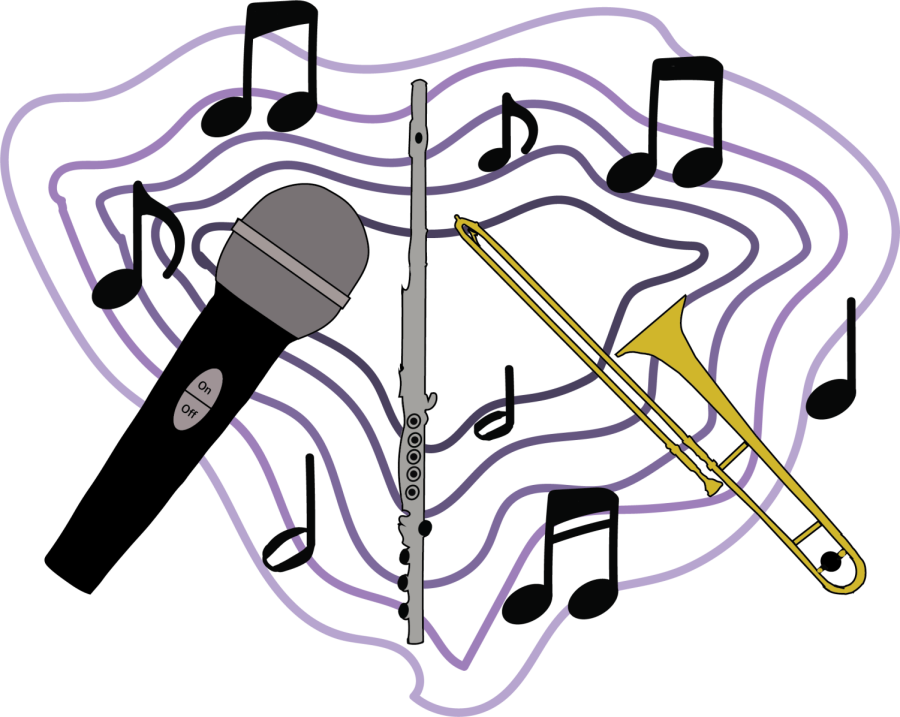Striking employees, rising prices: What the 2021 John Deere strike means for America’s farmers
October 30, 2021
A good harvest is crucial to the continuation of the agricultural cycle, and farm machinery is crucial to that harvest. This makes the 2021 John Deere Strike and its quick resolution all the more critical for American farmers and the Quad Cities community.
In Sept. 2021, a preliminary agreement between Quad City-based multi-billion dollar farming industry magnate John Deere and the United Auto Workers union (UAW) was released. The agreement included only a slight increase in the wages of most workers and reduced benefits for new hires, eliminating the 401k pension of those hired after November.
As a response, 10,000 employees went on strike on Oct. 14, 2021. They await a revision to the contract that maintains their current benefits and provides a livable wage.
Even today, the strike draws on, with neither side showing any sign of resolution. This is causing local officials to grow increasingly concerned about the impact the strike will have on the economy long-term.
“The Deere production plants are important contributors to the economy, so local officials hope any strike will be short-lived because it will have an immediate impact when striking workers cut back on their spending,” states the Quad City Times.
This highlights an unfortunate consequence of the John Deere strike: employees not working and nationwide coverage can lead to economic instability for the company. John Deere is one of the primary influencers of the economy of the Quad Cities and the “world’s largest farm machinery manufacturer in 2020,” according to Statistica, making this issue of a far greater scale.
Negative press coverage and limited production could lead to lower stock prices and supply ─ inflating the prices of what machinery is available. While not necessarily harmful on a short-term basis, this could prove damaging to farmers in the long term. High prices and low inventory would limit access to machinery and parts necessary for repair, resulting in less crop output and income for farmers across the country.
Given the low availability of parts even prior to the strike, I fear that long-term resistance may lead to further production losses, damaging the income of farmers and inflating the prices of what parts and machinery are available – increasing the cost but not decreasing the demand.
A healthy and abundant harvest is highly time-sensitive, meaning that unavailable equipment could jeopardize a season’s harvest, lowering crop output and the income that would’ve been gained. Concerns such as these, coupled with the agriculturally-focused economies of states such as Iowa and Illinois, lead me to believe that these states and farmers should anticipate a drastic impact on their income and the economy over time if the demands of the striking employees are not addressed.
“The longer the strike continues, the greater the impact will be on the communities around the plants,” writes the Omaha World Herald.
Beyond state boundaries, the national economy could be disrupted. Communities built around John Deere plants nationwide may suffer as each side of the conflict fails to come to a solution, lowering production and impacting the working environment for employees.
Additionally, John Deere’s notoriety as a supplier of farming and construction equipment may cause shortages in inventory throughout America, further disrupting the agricultural cycle and lowering the number of crops produced throughout the United States.
With the agreement being proposed limiting wages and docking benefits, employees are justified in seeking change, but the greater the time spent seeking a solution the greater the issues that farmers, stockholders and the employees will face on a nation-wide basis. Thus, a speedy resolution to the strike is necessary to ensure that these groups are not negatively impacted further.





































































































